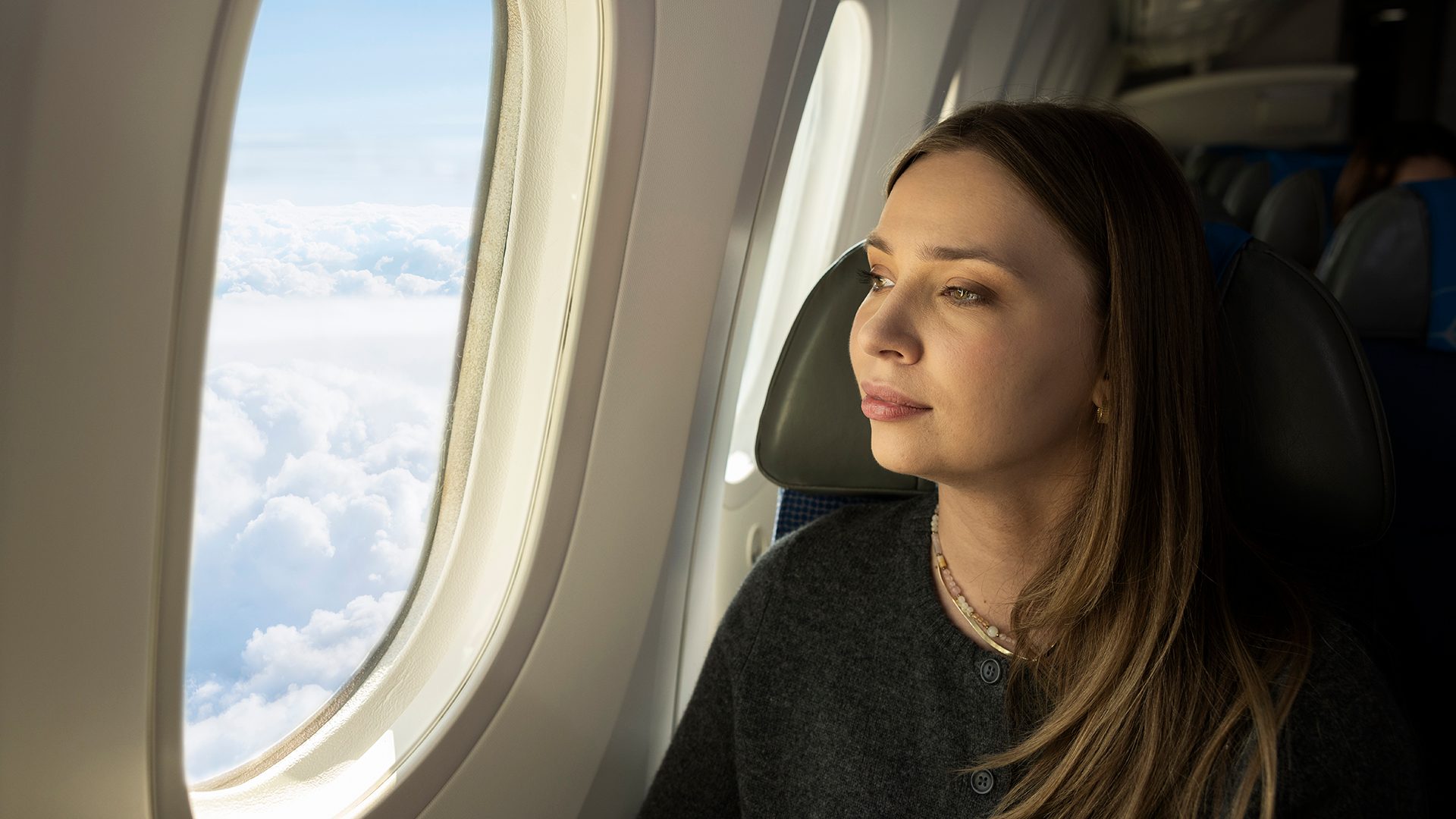Cabin pressure in airplanes – what’s the deal?
🕗 5 minutes | August 9, 2024 | Text Mateusz Łapuć

Flying has become an essential part of our lives. With continuous advancements in aviation technology, air travel is now more comfortable than ever, and cabin conditions closely resemble those on the ground. However, flying always presents a challenge for our bodies, particularly due to changes in air pressure. What exactly is cabin pressure, how is it regulated, and how does it affect us? You’ll find all the answers in this article.
✅ In this article, you’ll learn:
- What cabin pressure is and how it works
- What cabin pressurization is
- How air pressure changes during flight affect the human body
- Which health conditions require special precautions regarding cabin pressure
What is cabin pressure?
At cruising altitude, the air pressure outside an aircraft is significantly lower than at ground level. The air is also much thinner, with insufficient oxygen to sustain normal breathing. To ensure a safe and comfortable environment for passengers, aircraft cabins are pressurized to simulate an altitude of around 2,500 meters (8,202.1 ft feet) above sea level.
This level of pressurization helps passengers breathe normally, reduces the risk of hypoxia, and prevents discomfort from sudden atmospheric pressure changes.
Standard cabin pressure in commercial aircraft
Most modern commercial aircraft fly at altitudes between 9 and 13 kilometres (30,000–43,000 feet). At these heights, humans cannot survive without supplemental oxygen.
To compensate, the cabin pressure is maintained at a level equivalent to an altitude of 2,400–2,500 meters (7,900–8,200 feet). This ensures passenger comfort, well-being, and safety throughout the flight.

How is cabin pressure regulated?
Cabin pressure is controlled by the aircraft’s environmental control system (ECS), which manages airflow into the cabin. The system compresses, cools, and filters the air before distributing it inside the aircraft.
To maintain stable and comfortable conditions, cabin pressure is continuously monitored and adjusted by specialized pressure regulation systems.
What is cabin pressurization?
In simple terms, cabin pressurization is the process of sealing the aircraft and maintaining the necessary air pressure inside. This prevents external atmospheric pressure from equalizing with the lower pressure inside the aircraft, ensuring that conditions remain suitable for human physiology.

Decompression and oxygen masks
If the aircraft’s pressurization system fails, it leads to decompression, causing the cabin pressure to drop rapidly. When this happens, oxygen masks automatically deploy.
🚨 What to do in case of decompression?
- Put on your oxygen mask immediately – securing your mask first before helping others.
- Stay calm and follow crew instructions.
- Trust the pilots – they will immediately descend to a safer altitude where natural oxygen levels are sufficient for breathing.
Failing to wear an oxygen mask during decompression can lead to hypoxia, a dangerous condition where the body doesn’t receive enough oxygen.
How does cabin pressure affect health?
Despite modern aircraft technology, cabin pressure changes still affect the human body. Some common effects include:
- Ear barotrauma (blocked ears) during takeoff and landing
- Changes in blood oxygen levels, which can cause fatigue or mild headaches
- General discomfort for passengers with respiratory or cardiovascular conditions
Luckily, our bodies adapt to these altitude changes over time.

Blocked ears after a flight?
Want to avoid the discomfort of blocked ears caused by pressure changes? Try these tips:
- Chew gum
- Swallow frequently
- Suck on a candy
These simple actions help equalize pressure in your middle ear, preventing discomfort.
Health conditions affected by cabin pressure
While commercial flights are generally safe, passengers with certain health conditions should take extra precautions.
Flying with high blood pressure – is it safe?
Do you have hypertension (high blood pressure)? You should be aware that the drop in cabin pressure during flight can cause blood pressure fluctuations.
Tips for flying with high blood pressure:
- Bring your prescribed medication on board
- Carry a medical card with relevant health information
- Consult your doctor before flying
While hypertension isn’t a strict contraindication for flying, every case should be assessed individually.

Can you fly with hypoxemia?
Hypoxemia is a condition where blood oxygen levels are abnormally low. Since cabin pressurization still results in a lower oxygen concentration than at sea level, people with severe respiratory conditions may require supplemental oxygen during the flight.
✅ If you have a hypoxemia, consult your doctor before flying and check with your airline about onboard oxygen support options.
Conclusion
Cabin pressure is a key factor in ensuring comfortable and safe air travel. Understanding how it works can help you prepare for flights, especially if you have pre-existing health conditions.